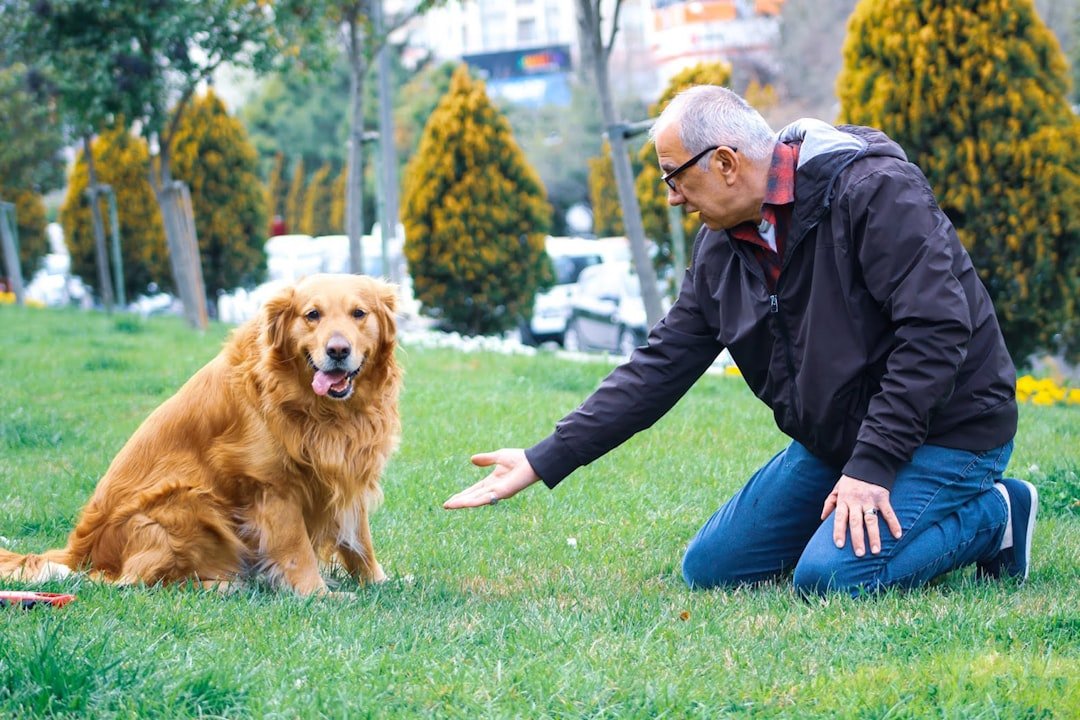Picture this: You’ve just brought home your adorable new puppy, your heart is overflowing with love, and you’re determined to be the best dog parent possible. You read every blog post, watch YouTube videos until 2 AM, and genuinely believe you’re doing everything right. Yet somehow, weeks later, your furry companion still jumps on visitors, ignores your calls, or turns training sessions into chaos.
Here’s the truth that might sting a little: even the most devoted dog owners often sabotage their own success without realizing it. The mistakes we’re about to explore aren’t born from lack of love or care. They stem from misconceptions, impatience, or simply not understanding how our four-legged friends actually learn. Ready to discover what might be holding back your training progress?
Repeating Commands Like a Broken Record
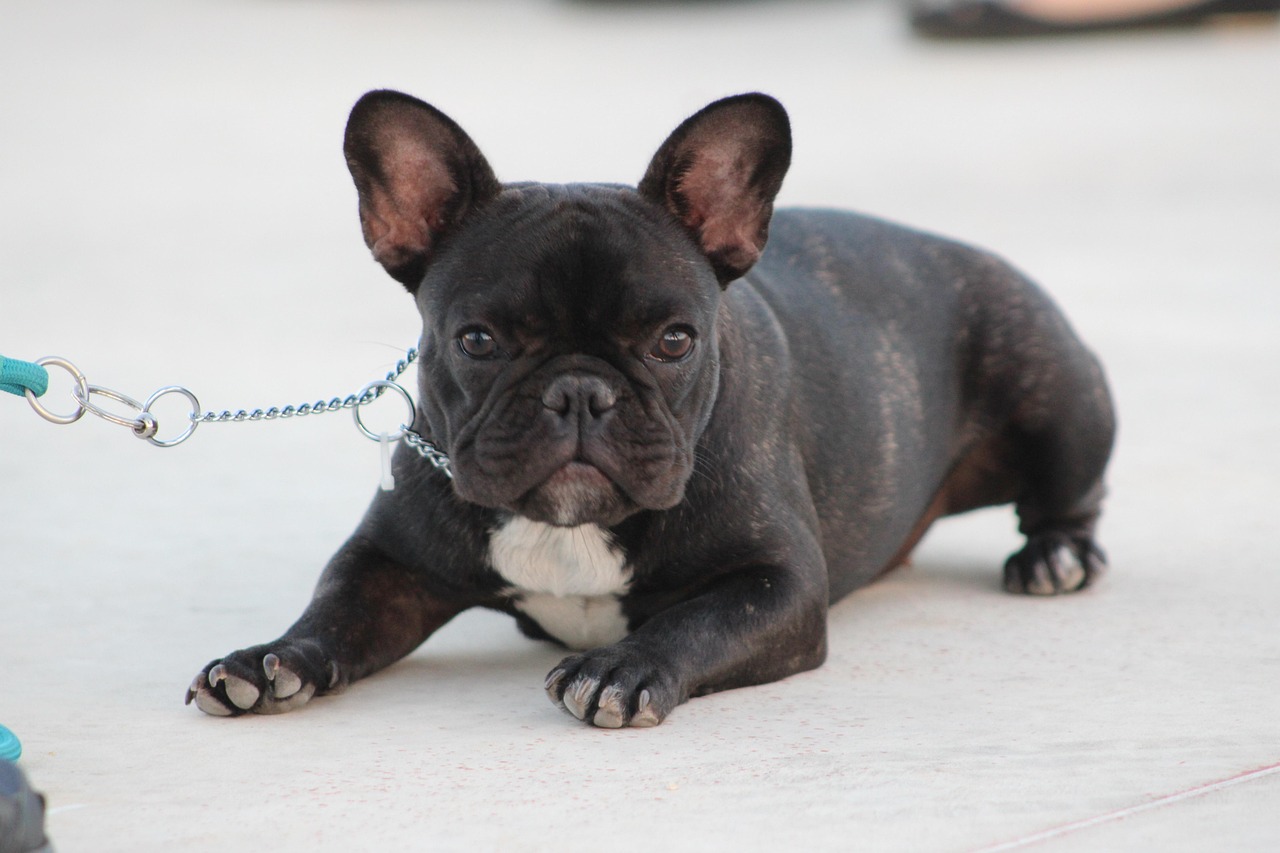
You know that moment when you say “Sit… sit… SIT!” and your dog just stares at you with that head tilt? This is a very common mistake: saying the cue more than once, and one common mistake new owners make is falling into the trap of repeating a command like “Sit” over and over again. What feels natural to us as humans actually teaches our dogs that they don’t need to listen the first time.
By repeating the cue, you’ve taught your pet that he doesn’t have to respond right away – and your cue is now “come, come, come.” When you repeat a command too many times, you’re actually desensitizing your puppy to the meaning of the word. Instead of it being a direct and clear command for your puppy to follow, your puppy will start to tune it out and ignore you. Think of it like this: if someone kept repeating your name over and over, wouldn’t you eventually stop responding?
Being Stingy With Rewards
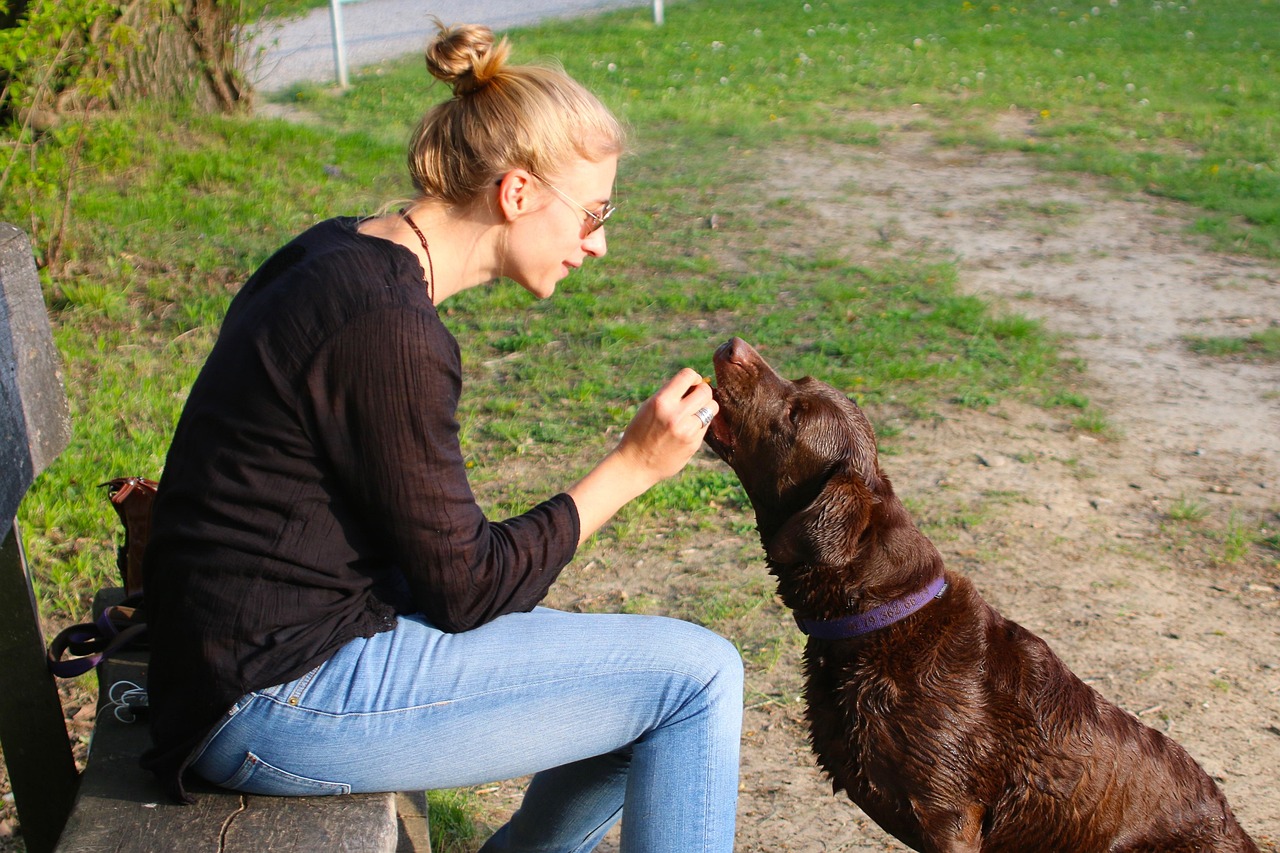
Too many people are stingy with rewards or won’t use anything but praise. But would you go to work if you stopped getting a paycheck? Behaviors that are reinforced are repeated, so don’t be tightfisted with the treats, praise, games of fetch, or whatever you use to reward your dog. Your dog needs to understand that good behavior pays off, literally.
The magic happens when rewards are both generous and immediate. Reward your dog immediately after it performs the desired action with treats, praise, or play. Timing is important here; the quicker the reward follows the action, the stronger the connection in your dog’s mind. Many loving owners make the mistake of thinking their approval should be enough, yet dogs are motivated by tangible rewards just like we are.
Inconsistency That Confuses Your Pup

Perhaps the biggest mistake I see in family dog training is inconsistency. This happens when family members have different rules or when the same person enforces rules differently depending on their mood or the situation. One day jumping on the couch is fine, the next day it earns a scolding.
When we are inconsistent with our dogs like this, it confuses them as to what we expect from them. If you allow a behavior one day but discourage it the next, your dog may become confused and less likely to follow instructions. Dogs thrive on clear, predictable rules that everyone in the household follows consistently.
Poor Timing That Sends Mixed Messages

Delayed feedback is one of the most common timing mistakes in dog training. When a reward or correction is delayed, it can be challenging for the dog to understand what behavior is being reinforced or corrected. Imagine rewarding your dog for sitting, but they’ve already stood up and started sniffing around.
For example, if a dog sits on command but stands back up before getting the treat, they might think standing earned the reward. Ensure you are quick and clear with rewards. Doing so reduces confusion and strengthens training results. The golden window for effective feedback is just seconds after the behavior occurs.
Marathon Training Sessions That Backfire
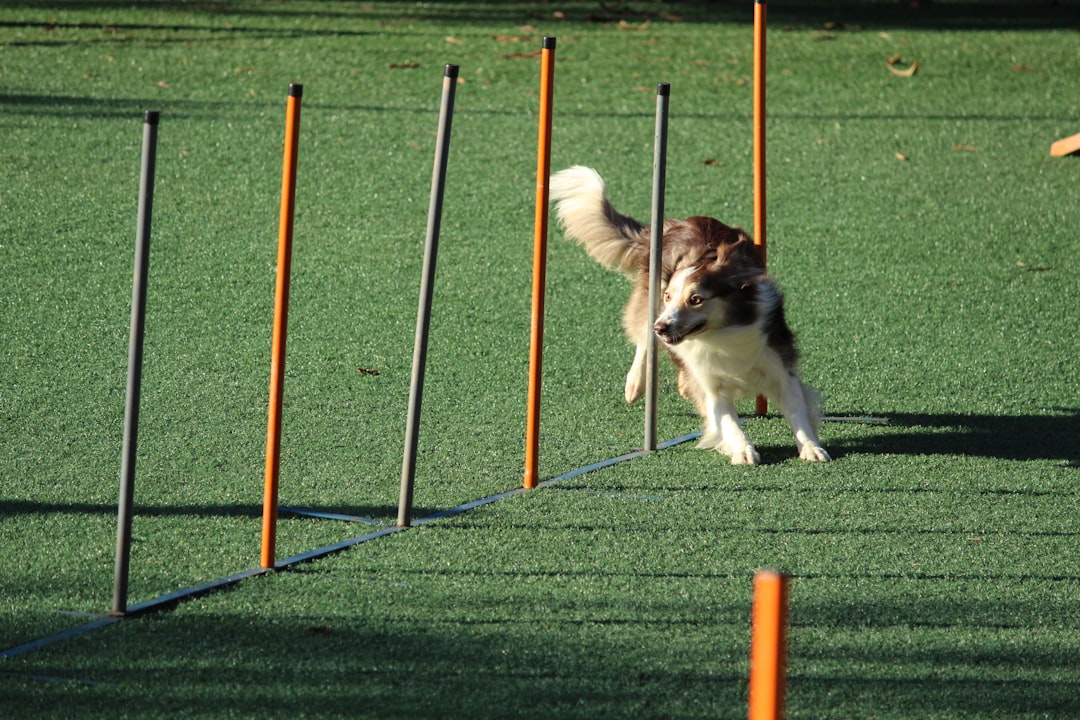
Dogs don’t have very long attention spans, except of course when it comes to food. Fido may lose interest in his lesson after about ten minutes. It’s better to do multiple brief sessions than bore him with long classes. Yet many enthusiastic owners think longer sessions equal faster progress.
Marathon training sessions are rarely productive. Dogs, especially puppies, have limited attention spans. When sessions drag on, dogs get bored, frustrated, or tired. Short, frequent sessions of five to fifteen minutes work far better than exhausting hour-long boot camps that leave everyone frustrated.
Skipping Socialization During the Critical Window
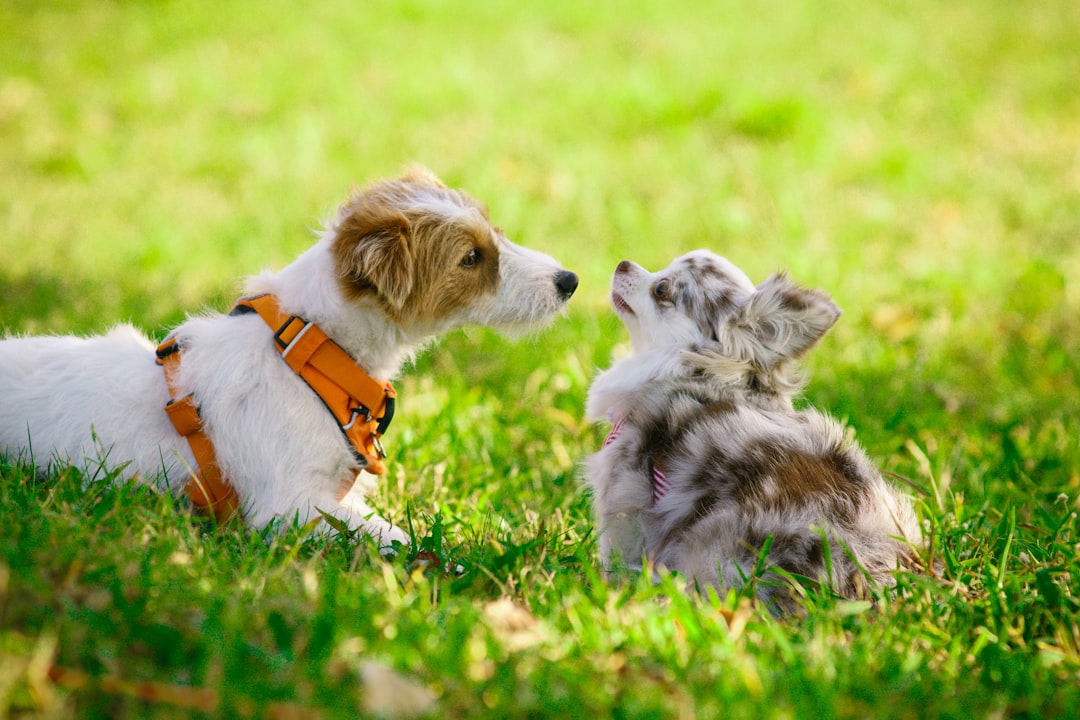
Socialization may not be considered part of your dog’s official training regime, but it plays a massive role in shaping his outlook and personality. This must be done when your four-legged pal is a puppy, as this is the point when he’s forming his opinions about the world. Many owners focus solely on commands while missing this crucial foundation.
Dogs need to socialize with other dogs and humans. If your dog doesn’t get enough socialization during its puppy stage, it may develop aggressive or shy behaviors later in life. Socialization helps your dog adapt to different environments and interact safely with others. This isn’t just about meeting other dogs; it’s about experiencing different sounds, surfaces, people, and situations in a positive way.
Using Punishment Instead of Positive Reinforcement

Never punish your dog for misbehaving or not picking up a command. Fido may not realize what he did wrong, as he doesn’t understand the concept, at least not the way we do. If you yell at, or worse, strike your pooch for misbehaving, he may feel uneasy or even get scared of you. That will definitely do more harm than good.
Punishing a dog for unwanted behavior can lead to fear and anxiety, which can worsen the behavior or create new problems. Instead, focus on rewarding good behavior with treats, praise, or playtime. Positive reinforcement helps your dog understand what you want them to do and encourages them to repeat the behavior. Think of training as teaching, not disciplining.
Poisoning Cues With Negative Associations
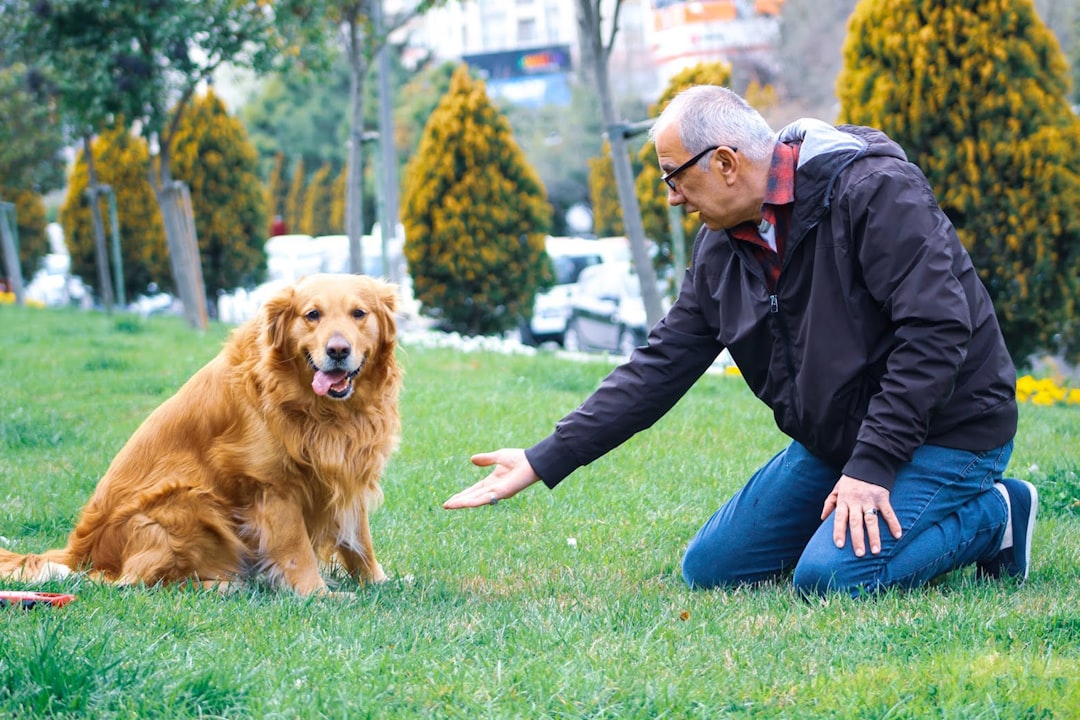
Poisoning of cues is another trap that many first-time trainers fall into. This is when you accidentally associate a cue or behavior with something your dog views negatively, so he stops responding. For example, you’ve finally taught your dog “come,” but now, you use it to summon them for a bath – something he hates.
Soon your dog starts hesitating when you call “come” because they’ve learned it might mean something unpleasant is about to happen. If there’s something your dog really dislikes, avoid using cues in relation to that activity when you first start training. Once that cue has been reinforced, you might be able to get away with it, but not when he’s learning the cues. Keep your cues positive and your dog will remain eager to respond.
Not Practicing Between Formal Training Sessions

Failing to practice in-between training classes is also a big mistake owners make. Failing to practice in-between training classes is also a big mistake owners make. Practice makes perfect – we all know this – and it definitely applies to dog training. Many owners think that one weekly class is sufficient for their dog’s education.
Dogs should be trained every single day. Like any habit or behavior, repetition is one of the keys to success. Just like learning a musical instrument or a new language, consistency in practice makes the difference between a well-trained dog and one that seems to “forget” everything they learned in class.
Failing to Adjust Training Methods for Your Individual Dog
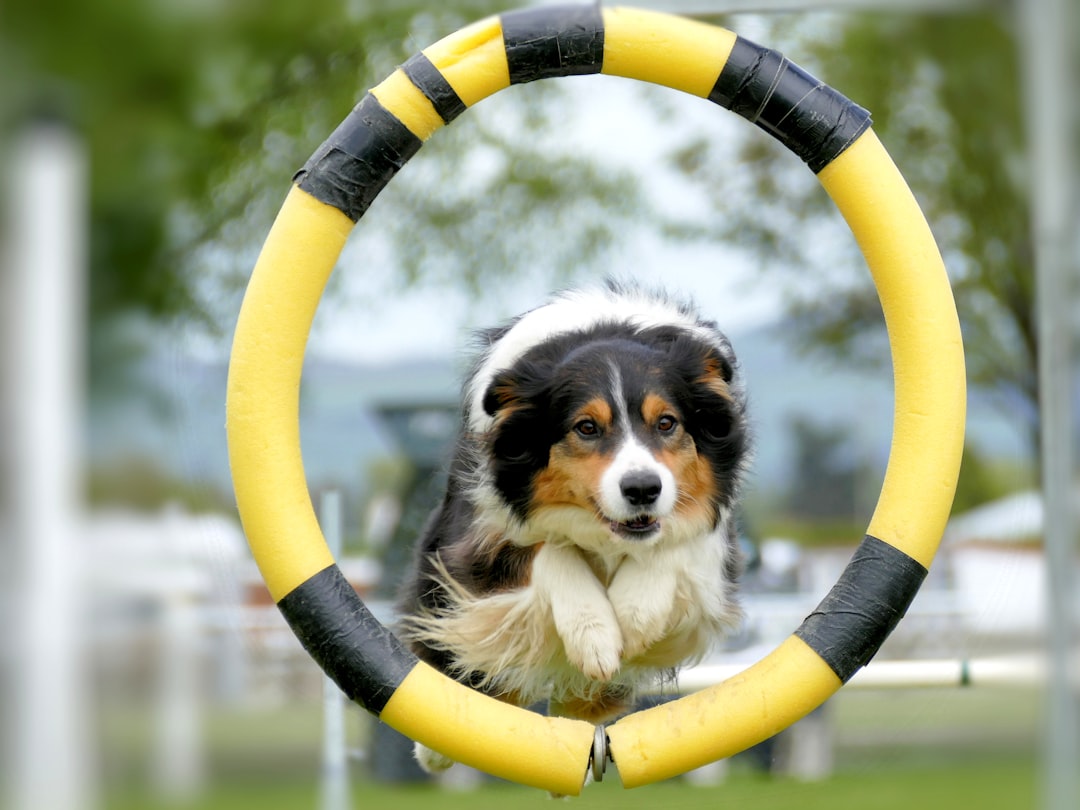
Here’s the thing: when it comes to dog training, there’s no “one-size-fits-all” approach. But some owners do exactly that – they assume what works for one dog will work for theirs, too. And that’s a mistake, because every pup has their own unique personality and needs. What might be effective for one dog may not be as effective for another.
Not all dogs respond to the same training techniques. Some may learn quickly through firm commands, while others need a gentler approach. Using an inappropriate training method for your dog’s personality can hinder progress. Pay attention to your dog’s body language, energy level, and learning style. Some dogs are food motivated, others prefer play or praise, and some need a completely different approach altogether.
Conclusion

Training your dog shouldn’t feel like an uphill battle filled with frustration and setbacks. The beautiful truth is that most training problems aren’t about stubborn dogs or lack of intelligence; they’re about well-meaning humans making common, fixable mistakes. When you recognize these patterns in your own training routine, you’re already halfway to success.
Remember, every mistake is simply a learning opportunity for both you and your furry friend. Your dog isn’t trying to be difficult; they’re just trying to figure out what you want from them in a world that doesn’t always make sense. With patience, consistency, and the right approach, you’ll build not just obedience, but a deeper bond based on trust and understanding.
What training challenge has surprised you the most? Sometimes the biggest breakthroughs come from the smallest adjustments.

Andrew Alpin from India is the Brand Manager of Doggo digest. Andrew is an experienced content specialist and social media manager with a passion for writing. His forte includes health and wellness, Travel, Animals, and Nature. A nature nomad, Andrew is obsessed with mountains and loves high-altitude trekking. He has been on several Himalayan treks in India including the Everest Base Camp in Nepal.

